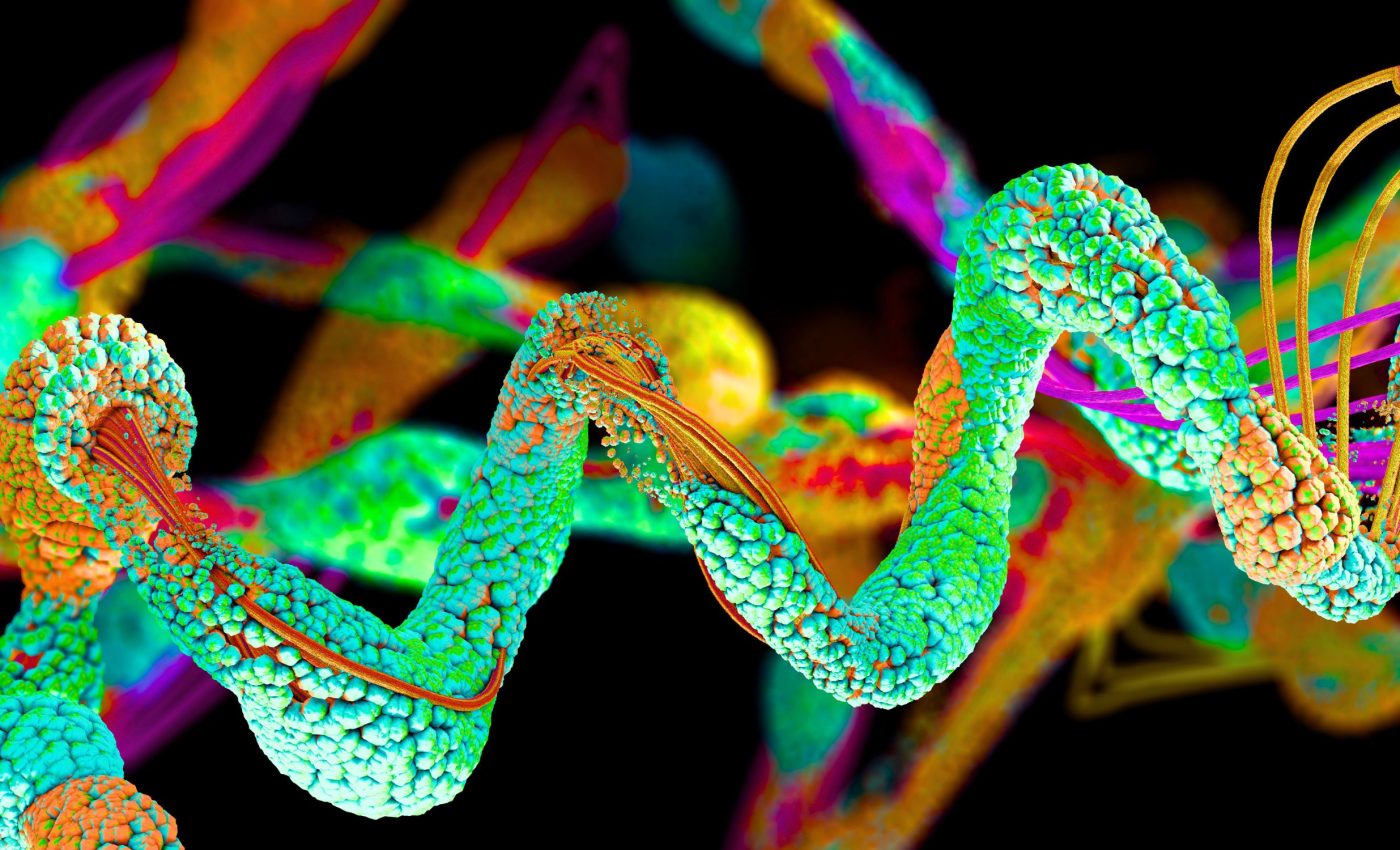
New shape-shifting proteins open doors in medicine and farming
Proteins are central to life because they shift shape in response to molecules they encounter. Some transform in milliseconds, triggering everything from muscle movement to signals in the nervous system.
Scientists have tried for decades to engineer these biological building blocks to do specific tasks.
Now there is a fresh example of synthetic proteins that adjust just like those found in cells, described by Tanja Kortemme, PhD, a professor of bioengineering at the University of California, San Francisco.
Proteins that change shape
Natural proteins shift into new configurations when they meet triggers such as ions or small molecules. This motion can set off downstream effects, including the release of neurotoxins, the contraction of heart muscles, or the breakdown of complex nutrients.
Until recently, most engineering methods focused on building rigid shapes. That approach has powered household cleaning solutions and lifesaving drugs like insulin, but it fell short when trying to capture the graceful movements found in biological systems.
Many teams have used advanced computational tools, including alphaFold2, to predict how proteins fold. A few years ago, these tools took a leap forward, solving perplexing puzzles that once consumed research labs for months.
The latest research adds movement to these predictions. By adjusting a protein so it can switch between two shapes, the scientists hope to open possibilities in medicine, agriculture, and even environmental cleanup.
Early synthetic proteins stayed rigid
Earlier synthetic proteins were usually static. They stayed locked in one form, which was enough for some tasks but limiting for signals that rely on on-off mechanisms.
Medications that control metabolism or cell division often target proteins that move between active and inactive states. The ability to design synthetic versions with similar dynamics could transform drug development.
Amy Guo, a graduate student at UCSF, focused on adding a small swinging segment to a simple protein so it could bind a calcium ion. The new segment switched positions based on the presence or absence of that ion.
Upon success, she tapped advanced modeling techniques to verify that the structure would remain stable in both configurations. These techniques relied on a library of possible shapes before converging on the final two.
One small loop to change protein shape
One crucial test involved nuclear magnetic resonance simulations performed by Mark Kelly, a pharmaceutical chemist at UCSF.
Those simulations confirmed the synthetic protein could capture calcium, then return to its original shape.
Research teams have been fascinated by how small modifications open the door to more sophisticated reactions. A short movable loop can reconfigure a protein’s entire structure, paving the way for sensors that pick up subtle signals.
Why does any of this matter?
Scientists see applications in biosensors that monitor conditions in living organisms and trigger alerts for early disease signs. Others imagine proteins that break down plastics or adapt crops to temperature extremes.
“This study is the first step on a path that will lead far beyond biomedicine, into agriculture and the environment,” said Tanja Kortemme. Her team’s achievements underline the importance of shape-shifting proteins in diverse applications.
“We wanted to devise a design method that could be applied in lots of situations,” said Guo. She observed that small tweaks in a protein’s design could lock or unlock its active state.
These efforts may help shape new therapeutics that sense chemical signals in the body, respond to them, then revert to a resting form. Such changes enable more targeted interventions, possibly reducing side effects.
Shape-shifting proteins use energy wisely
Researchers note that engines of metabolism, immune responses, and other essential systems function through shifting proteins. A well-tuned synthetic protein might repair micro-fractures in metals or boost crop resilience.
“That really gives me confidence that this was for real, that we really did it,” said Guo. The finding was confirmed through multiple analytical steps.
“The possibilities are truly endless,” said Guo. Experimental validations continue, indicating that shape-changing proteins could transform a range of scientific fields.
Dynamic proteins mirror nature’s preference for efficient processes, as their conformational shifts often hinge on specific environmental cues. Their shapes adapt only when needed, minimizing energy waste while enhancing reactivity.
Engineered molecules with these qualities can address urgent issues in healthcare and ecological management.
A shape-altering protein could detect a pollutant, neutralize it, then reset itself for another encounter, giving it an edge over conventional static systems.
Building artificial proteins that react
Some researchers envision artificial proteins that function like finely tuned switches in the body’s immune system. These switches could identify a virus or tumor marker, change shape to deliver a therapeutic agent, and revert once the threat is resolved.
Others point to potential uses in synthetic biology for producing fuels or sustainable materials. Such proteins might adapt their structure based on temperature shifts, ensuring optimal performance in diverse industrial processes.
Additional exploration could involve harnessing shape-shifting proteins to stabilize vaccines. By flexibly responding to temperature fluctuations, these molecules might reduce cold-chain requirements in resource-limited areas.
Researchers are also examining whether dynamic proteins can handle tasks that require rapid structural changes under mechanical stress. This could shape the future of engineering fields that rely on adaptive materials.
The study is published in Science.
—–
Like what you read? Subscribe to our newsletter for engaging articles, exclusive content, and the latest updates.
Check us out on EarthSnap, a free app brought to you by Eric Ralls and Earth.com.
—–













